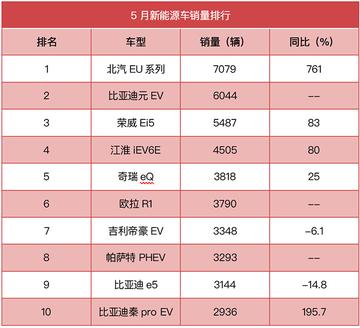一、
随着互联网的快速发展,计算机专业人才的需求日益增长。在众多的面试中,数据结构与算法是考察者专业基础的重要指标。本文将围绕数据结构与算法在计算机专业面试中的应用进行分析,帮助读者了解如何应对此类。
二、数据结构与算法概述
数据结构是计算机存储、组织数据的,算法则是解决的步骤。在计算机科学中,数据结构与算法是紧密相连的。是一些常见的数据结构和算法:
1. 数据结构:
– 线性结构:数组、链表、栈、队列等;
– 非线性结构:树、图、散列表等。
2. 算法:
– 排序算法:冒泡排序、插入排序、快速排序等;
– 搜索算法:二分查找、深度优先搜索、广度优先搜索等;
– 动态规划;
– 贪心算法;
– 分治算法;
– 回溯算法等。
三、面试中常见的数据结构与算法
1. 请实现一个单链表的创建、插入、删除、查找等操作。
答案:单链表的创建、插入、删除、查找等操作的具体实现如下:
python
# 定义单链表的节点
class ListNode:
def __init__(self, value):
self.value = value
self.next = None
# 创建单链表
def create_linked_list(values):
if not values:
return None
head = ListNode(values[0])
current = head
for value in values[1:]:
current.next = ListNode(value)
current = current.next
return head
# 插入节点
def insert_node(head, index, value):
if index < 0:
return head
new_node = ListNode(value)
current = head
for i in range(index):
if current is None:
return head
current = current.next
new_node.next = current.next
current.next = new_node
return head
# 删除节点
def delete_node(head, index):
if index < 0:
return head
current = head
for i in range(index):
if current is None:
return head
current = current.next
current.next = current.next.next
return head
# 查找节点
def search_node(head, value):
current = head
while current:
if current.value == value:
return True
current = current.next
return False
2. 请实现一个二叉搜索树的创建、插入、删除、查找等操作。
答案:二叉搜索树的创建、插入、删除、查找等操作的具体实现如下:
python
# 定义二叉搜索树的节点
class TreeNode:
def __init__(self, value):
self.value = value
self.left = None
self.right = None
# 创建二叉搜索树
def create_bst(values):
if not values:
return None
root = TreeNode(values[0])
for value in values[1:]:
insert_bst(root, value)
return root
# 插入节点
def insert_bst(root, value):
if root is None:
return TreeNode(value)
if value < root.value:
root.left = insert_bst(root.left, value)
else:
root.right = insert_bst(root.right, value)
return root
# 删除节点
def delete_bst(root, value):
if root is None:
return root
if value < root.value:
root.left = delete_bst(root.left, value)
elif value > root.value:
root.right = delete_bst(root.right, value)
else:
if root.left is None:
return root.right
elif root.right is None:
return root.left
else:
min_value = find_min(root.right)
root.value = min_value
root.right = delete_bst(root.right, min_value)
return root
# 查找节点
def search_bst(root, value):
if root is None:
return False
if value < root.value:
return search_bst(root.left, value)
elif value > root.value:
return search_bst(root.right, value)
else:
return True
# 查找最小值节点
def find_min(root):
while root.left is not None:
root = root.left
return root.value
3. 请实现快速排序算法。
答案:快速排序算法的具体实现如下:
python
def quick_sort(arr):
if len(arr) <= 1:
return arr
pivot = arr[len(arr) // 2]
left = [x for x in arr if x < pivot]
middle = [x for x in arr if x == pivot]
right = [x for x in arr if x > pivot]
return quick_sort(left) + middle + quick_sort(right)
四、
在计算机专业面试中,数据结构与算法是考察者专业基础的重要指标。通过对数据结构与算法的掌握程度进行分析,我们可以更好地应对面试中的相关。掌握常见的线性结构、非线性结构、排序算法、搜索算法等,有助于提高我们的面试竞争力。希望本文对广大计算机专业求职者有所帮助。



还没有评论呢,快来抢沙发~